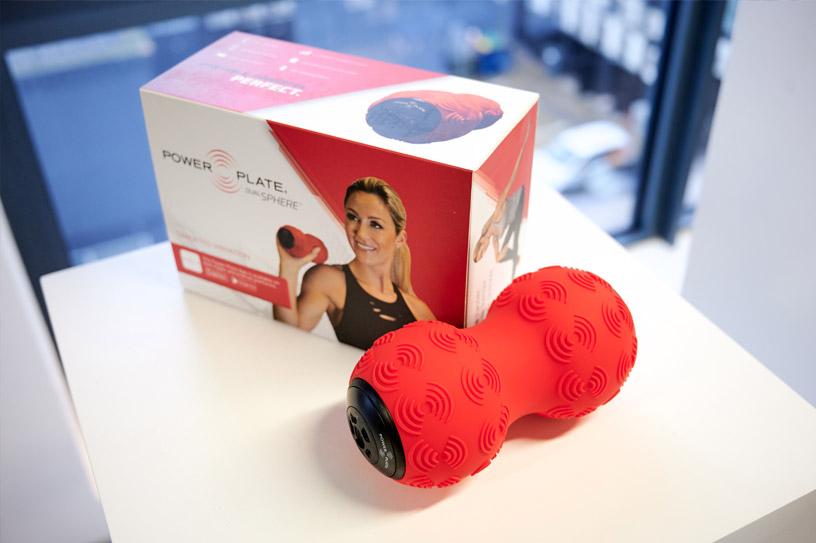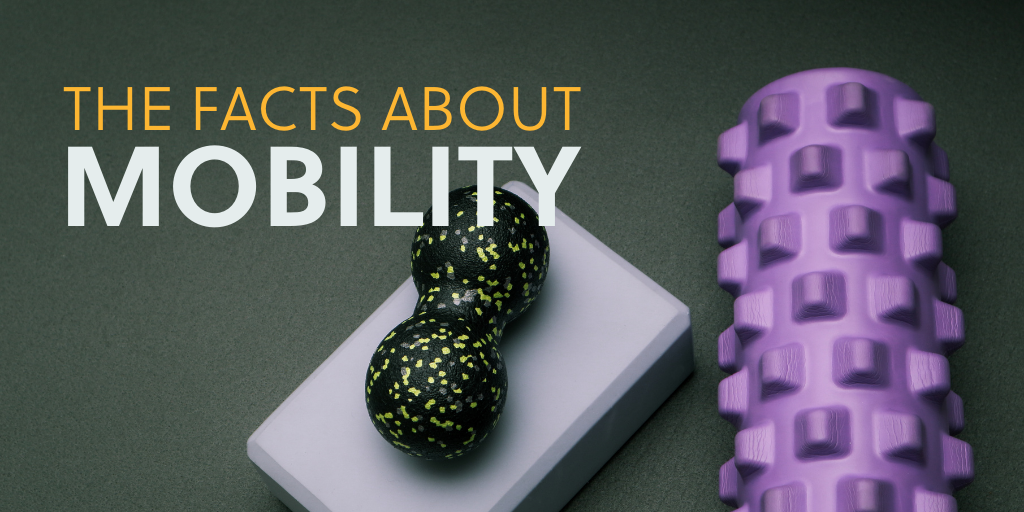
FAQ: Train the Gut for Gravel
February 26, 2025
A Dietitian’s Advice for Avoiding the Pitfalls of Low Energy Availability
March 20, 2025Just the Facts: Common Mobility Misconceptions Debunked
Mobility is a hot topic in training circles, but despite all the talk, it’s still misunderstood. We were taught that a few static stretches were all you needed to keep loose and limber. Truth is, our muscles and joints need more TLC than that. Mobility is more than stretching—it’s having strength, control, and stability through a full range of motion. It allows you to move efficiently, generate power, and stay injury-free.
As a Certified Movement & Mobility Specialist, trained by Dr. Kelly Starrett of The Ready State, I’ve deepened my understanding of how mobility impacts performance and longevity in sport. That training fueled my enthusiasm for mobility as an essential part of athletic development. But I also know that misconceptions about mobility are everywhere, and the myths keep many athletes from getting the most out of their bodies.
So let’s set the record straight. Here are three common mobility training myths, and what you really need to know to move, perform, and feel your best.
Mobility Training Myths Busted!
Misconception #1: Mobility and Flexibility Are the Same Thing
When it comes to mobility vs flexibility, the difference is big. Flexibility is passive— the muscles’ ability to stretch. Mobility is active— the ability to control movement through a full range of motion. It’s not just about reaching your toes; it’s about being strong and stable in that position.
Mobility training incorporates many different strategies like deep breathing, dynamic movement or foam rolling to ensure that muscles, joints, and fascia work together efficiently.
Contract-relax techniques, targeted compression, and manual tools enhance mobility training. Here are four effective methods to level up your mobility routine:
- Rolling with Foam Roller or Ball – Work out muscle knots using a controlled breathing (4-second inhale, 4-second contraction, 8-second exhale) to maximize tissue release and nervous system relaxation.
- Compression with Voodoo Wraps – Improve blood flow, break up adhesions, and restore tissue elasticity.
- Gua Sha or Scraping – Stimulate circulation and reduce fascial restrictions for smoother movement.
- Percussion Tools with Contract/Relax – Combine vibration therapy with active engagement to enhance muscle activation and recovery.
Integrating these methods alongside dynamic movement and strength work ensures that mobility isn’t just a temporary fix but a long-term investment in movement efficiency and resilience.
Misconception #2: Injury-free Athletes Don’t Need Mobility Training
Many athletes only start thinking about mobility when something hurts—but by then, the problem is already well established. Limited range of motion leads to compensations, inefficiencies, and eventually, injury. Mobility training for athletes is like brushing your teeth—do it consistently, and you’ll prevent bigger issues down the road.
Movement does more than keep your joints happy—it pumps your lymphatic system. The lymphatic system moves out toxins and helps maintain fluid balance, it’s like our body’s waste management system. The lymph fluid moves through muscle contractions, so the only way to “take out the trash” is by moving.
If you train hard but sit the rest of the day, your lymphatic system can become congested, causing swelling or heaviness in your legs. To combat a lymphatic back-up, get up and move around at least once an hour, and sprinkle in mobility exercises throughout the day. Both your health and performance will improve.
Misconception #3: Mobility Training is Only for Recovery Days
Mobility work should be part of your regular strength and performance training. It’s not just about undoing tightness—it’s about setting yourself up to move better, to lift better, and to perform better from the start. Think of it as a pre-game strategy, not just post-session damage control.
An athlete mobility routine can be simple: a few targeted drills pre-workout, strategic movement in the morning, and a few mobilizations before bed can add up to big results. Start your day with mobility that prepares you for training—like a foam rolling and a couch stretch before a ride. During workouts, keep it efficient by sneaking in mobilizations between exercises. Then, shift soft tissue work to the evening—just 10 minutes before bed can enhance recovery, improve sleep, and help you move and feel better. Mobility training doesn’t have to be a time suck—it just needs to be consistent.

My Latest Mobility Obsession!
A peanut roller is my go-to for releasing tight muscles along my t-spine and high hamstrings. The DualSphere by Power Plate takes it up a notch with vibration—perfect for targeting those tough areas. I’m obsessed! I first fell in love with Power Plate at PTSportsPRO, but they have great at-home tools too. Use code KARISTUART for 20% off!
Rethinking Mobility: Misconceptions Debunked
Understanding athlete mobility training can unlock more of your potential. It is not about throwing in random stretches and the occasional yoga class—it’s about being intentional. Move through full ranges of motion, strengthen the positions you struggle with, and make mobility training a non-negotiable part of your routine. The goal? Not just to feel “loose,” but to be strong, stable, and ready for every rep, race, and workout.



